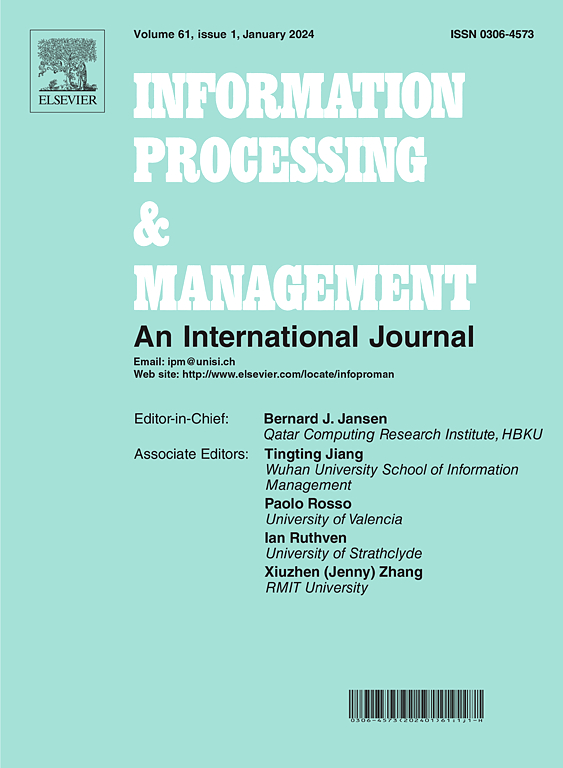Attention-based multi-layer network representation learning framework for network alignment
IF 7.4
1区 管理学
Q1 COMPUTER SCIENCE, INFORMATION SYSTEMS
引用次数: 0
Abstract
Network alignment, which aims at finding the node correspondences between networks, is the cornerstone of multi-network applications. Existing efforts on network alignment suffer from the alignment space misregistration problem (i.e., the alignment spaces of two networks are not matched) and the alignment inconsistency problem (i.e., the consistency assumptions they held cannot be satisfied). To tackle these problems, in this paper, we propose an Attention-based Multi-layer Network representation learning framework for network alignment, named AMN. Specifically, to tackle alignment space misregistration problem, a novel network fusion strategy is proposed. It can establish connections between networks while preserving the specific information in each network. Based on this strategy, two networks are learned simultaneously and the representation spaces of them are matched. Secondly, an attention-based multi-layer graph neural network named A-GNN is devised, in which an innovative inter-layer attention mechanism is proposed. Different from existing attention mechanisms, the proposed inter-layer attention mechanism learns vector weights, so that it can fine-tune the consistent information in each dimension. Hence, AMN can make full use of the consistent information and alleviate the influence of alignment inconsistency problem. Experiments conducted on 4 kinds of real-world datasets show that AMN outperforms 9 state-of-the-art methods by at least 0.007–0.671 in terms of precision@1.
求助全文
约1分钟内获得全文
求助全文
来源期刊

Information Processing & Management
工程技术-计算机:信息系统
CiteScore
17.00
自引率
11.60%
发文量
276
审稿时长
39 days
期刊介绍:
Information Processing and Management is dedicated to publishing cutting-edge original research at the convergence of computing and information science. Our scope encompasses theory, methods, and applications across various domains, including advertising, business, health, information science, information technology marketing, and social computing.
We aim to cater to the interests of both primary researchers and practitioners by offering an effective platform for the timely dissemination of advanced and topical issues in this interdisciplinary field. The journal places particular emphasis on original research articles, research survey articles, research method articles, and articles addressing critical applications of research. Join us in advancing knowledge and innovation at the intersection of computing and information science.
 求助内容:
求助内容: 应助结果提醒方式:
应助结果提醒方式:


